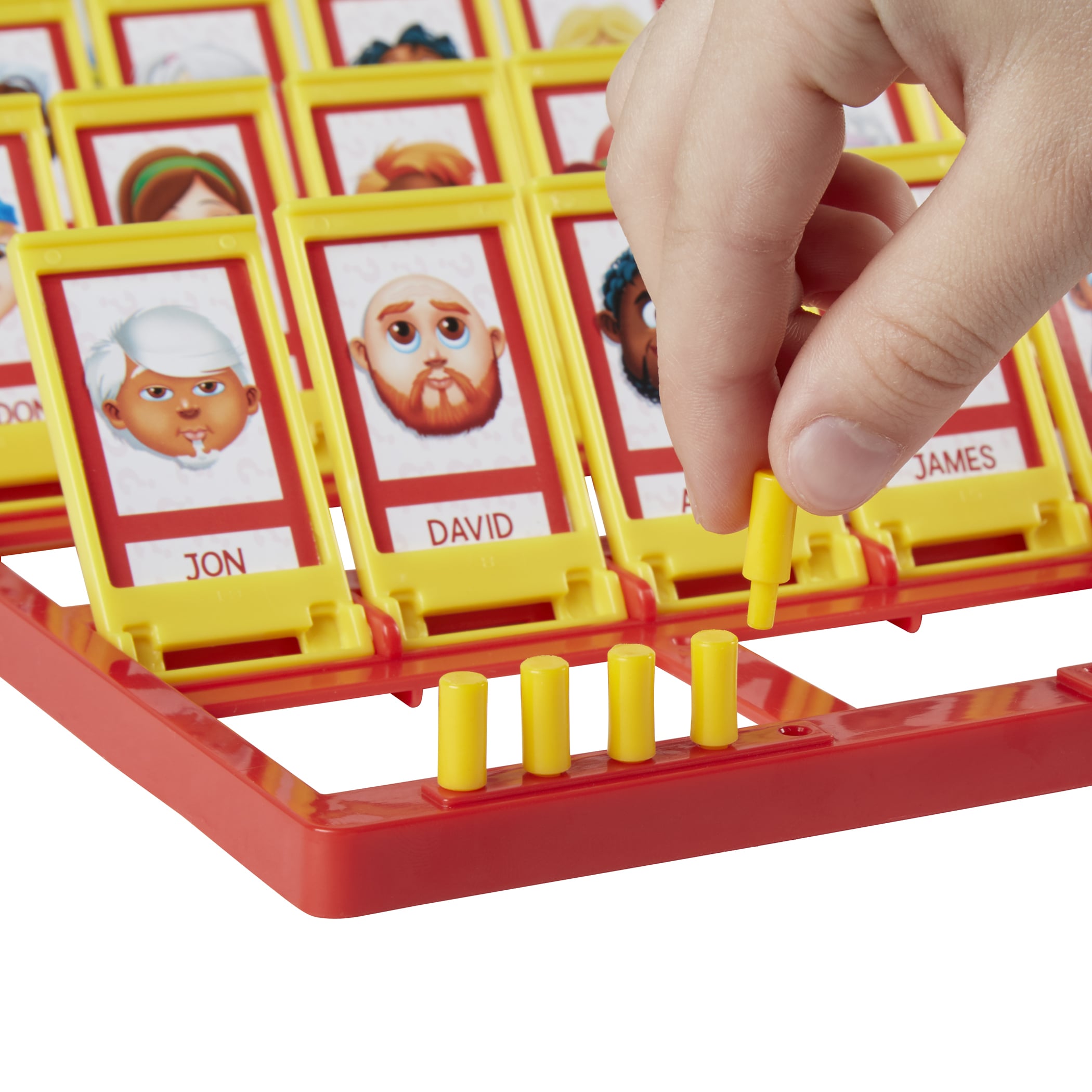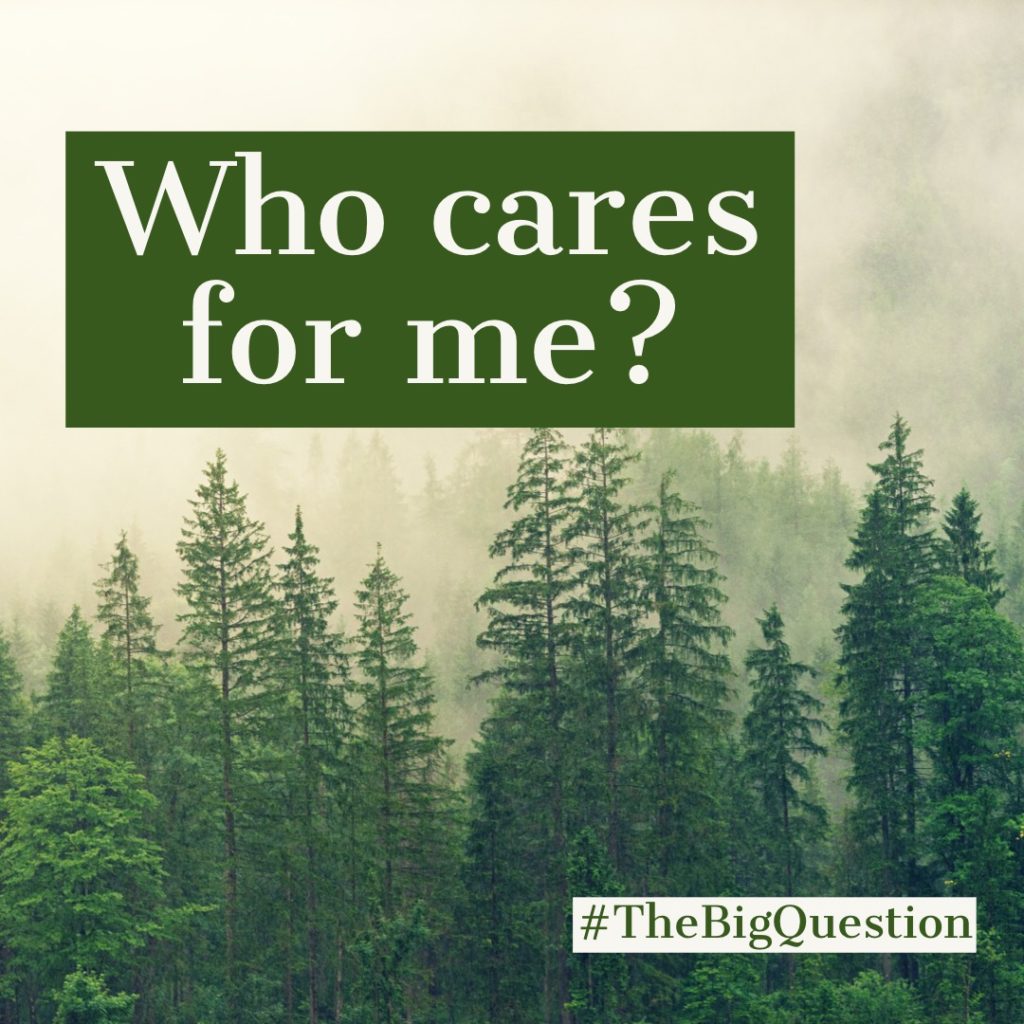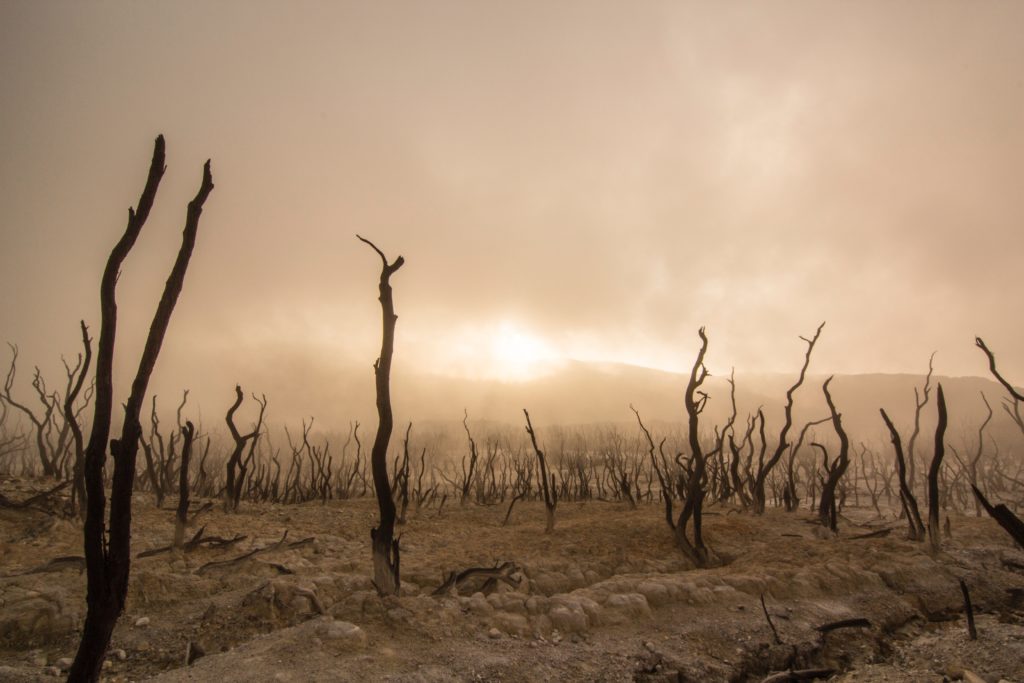My kids go back to in-person learning tomorrow. Aside from all the health fears wrapped up in that, I have a larger looming existential fear we are going to miss a key learning of being forced online.
We saw into kids’ homes. We saw how they would choose to present themselves if they had even more tools. We saw how they would hide if they could. There’s learning there.
Some kids never turned their cameras on. Others made sure a digital background was always present when their cameras were on. Still others arranged their learning spaces in precise ways to share their worlds. There’s learning there.
Some kids showed up in pristine rooms and silence. Others showed up with muted microphones because they were saving their classes from the din constantly surrounding them. There’s learning there.
Some never said a word on camera but dropped mad knowledge in chats. Others begged their classmates to stop sending emojis in the chats because they were doing their best to focus on what they were supposed to be seeing, hearing, and thinking. There’s learning.
Online learning has meant daily home visits across all demographics. Kids we thought lived in stable spaces don’t. Kids we thought were without familial support aren’t. We were way off the mark on some of the kids we thought hung on our every word. And some kids we’d written off as writing us off, showed us they were counting on us to keep investing in them.
There’s learning in all of this. In some ways, we’ve been afforded an uncurated look at who are students are outside the context of classrooms and schools. In others, we’ve seen whom they’d like us to see them as when given powerful digital tools and the comfort of their own spaces. None of it is simple and all of it has powerful potential for our learning and theirs.
I don’t exactly know when, but I hope we get just a couple minutes in the coming weeks to stop and reflect on what our students showed us – intentionally or not – through these online portals into their worlds. There’s learning there.






 I’ve been thinking about the things I tell people about myself. I tell them I’m an educator, I tell them I’m a writer, I tell them I’m a vegetarian. I’m imagining, you do something similar. There are labels you carry with you and offer up to new people when you meet them. They might also be labels you count on as the fascia that binds you to your network of friends and colleagues. I wonder, though, if your labels are anything like mine.
I’ve been thinking about the things I tell people about myself. I tell them I’m an educator, I tell them I’m a writer, I tell them I’m a vegetarian. I’m imagining, you do something similar. There are labels you carry with you and offer up to new people when you meet them. They might also be labels you count on as the fascia that binds you to your network of friends and colleagues. I wonder, though, if your labels are anything like mine.
 “Hire happy people.”
“Hire happy people.”